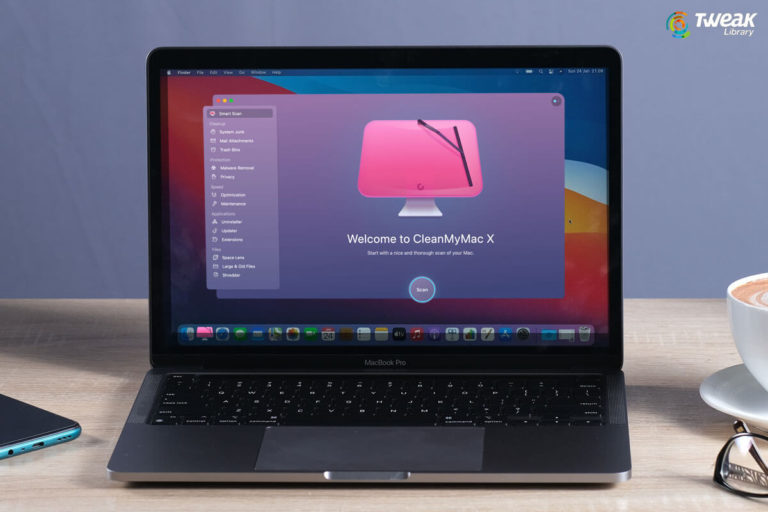Microsoft Windows is certainly the most used operating systems in the world, mostly due to the fact that it allows third-party apps without special permissions. Now that every second computer in the world is a Windows computer, it is also the most targeted device for hackers. Also, the property of allowing third party apps to take over, makes it easy for them to execute their ill intentions with the help of internet.
Every malicious ware comes in the form of a file with a specific file extension that describes its property. Most of the malware intrude in your machines when you unknowingly execute them upon receiving in emails, chats, social media etc. However, if you’re aware of the dangerous file extensions that may sabotage your machines, you minimize the threat doing nothing.

What are the Most Dangerous File Extensions For Computers?
If you’re a regular internet user and go through your mails very often, you may look for the below file extensions in any of the attachments received. You must only execute these files if you verify the sender as legit.
1. .EXE
.EXE is one of the most popular file extensions that you would find on Windows. It contains executable programs that generally gets triggered upon double clicking. The danger associated with .EXE files is that they are easy to use and transfer, which makes a favorite among scammers and hackers.

2. .CMD
Although, .CMD format was first introduced at the time of Windows NT, but it can go along with DOS too. It is a type of batch file and can be found with CMD.EXE. .CMD is very popular to write malware codes to delete data or replicate itself into millions of copies.
3. .COM
.COM is another executable file extension that is run by MS DOS. The file can be run on Windows too and it gets saved into a binary format. What makes .COM as a dangerous file extension is that it contains executable instructions that may be triggered upon opening.
Also Read : Know About the Best Alternatives of HIBP
4. .BAT
Receiving a .BAT file from an unknown source is a threat itself as it is commonly used to execute commands with Windows Command Prompt. .BAT files consist of a batch of instructions and commands that keep going. This is the feature that scammers misuse the most and deliver malicious command batches run on your machines.
5. .PIF
.PIF contains information on how the MS DOS based application would run on a machine. It can be used as. LNX file to shortcut executable files. Windows analyzes .PIF files with ShellExecute function and may trigger them as an executable program. This way, they are easy carriers for malware.
6. .SCR
.SCR is used as a screensaver file that is used to display graphic or text animation. It may sometimes have sound effects for machines being inactive for a significant time. Now that .SCR files are also executable and bear similar risks of carrying infections to the computer, they are among the most dangerous file extensions.
7. .SCF
.SCF is a command for Windows Explorer, mostly used to show you around the desktop (up and down scrolling). The file can also be executed through an internet explorer, which may be misused to trigger another illicit program line.
Must Read : 5 Tech Tips On How To Go Invisible Online
Overall, a little awareness can help you avoid any unwanted situation like hacking and identity theft. It is important that you verify the sender as legit before downloading and executing any file that has any of the above listed dangerous file extensions. Also, you may opt for any popular anti-virus and anti-malware programs to block and quarantine the threats then and there. If you wish to share some more vulnerable file extensions, do let us know in the comments below.






Leave a Reply